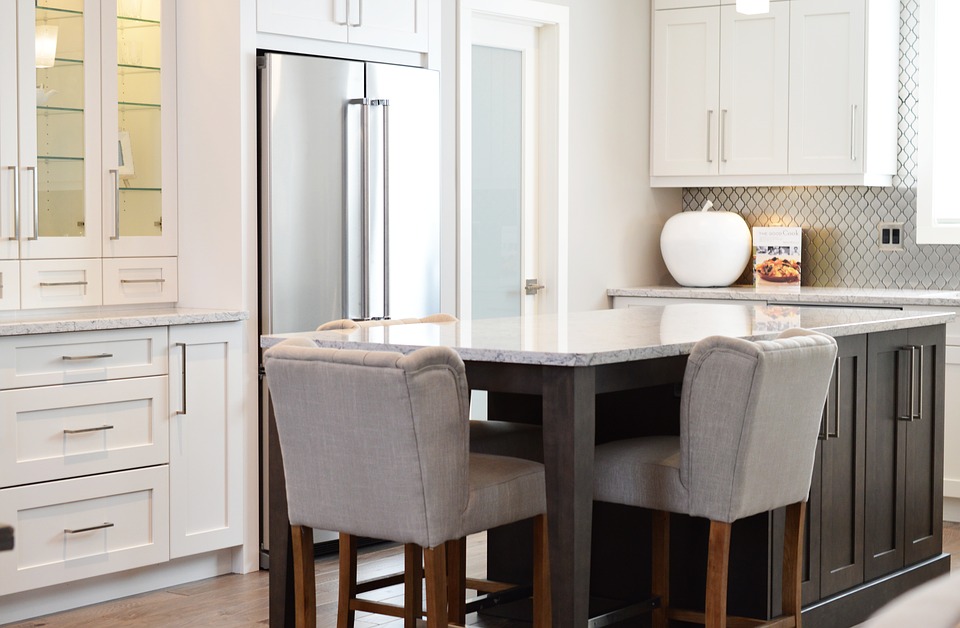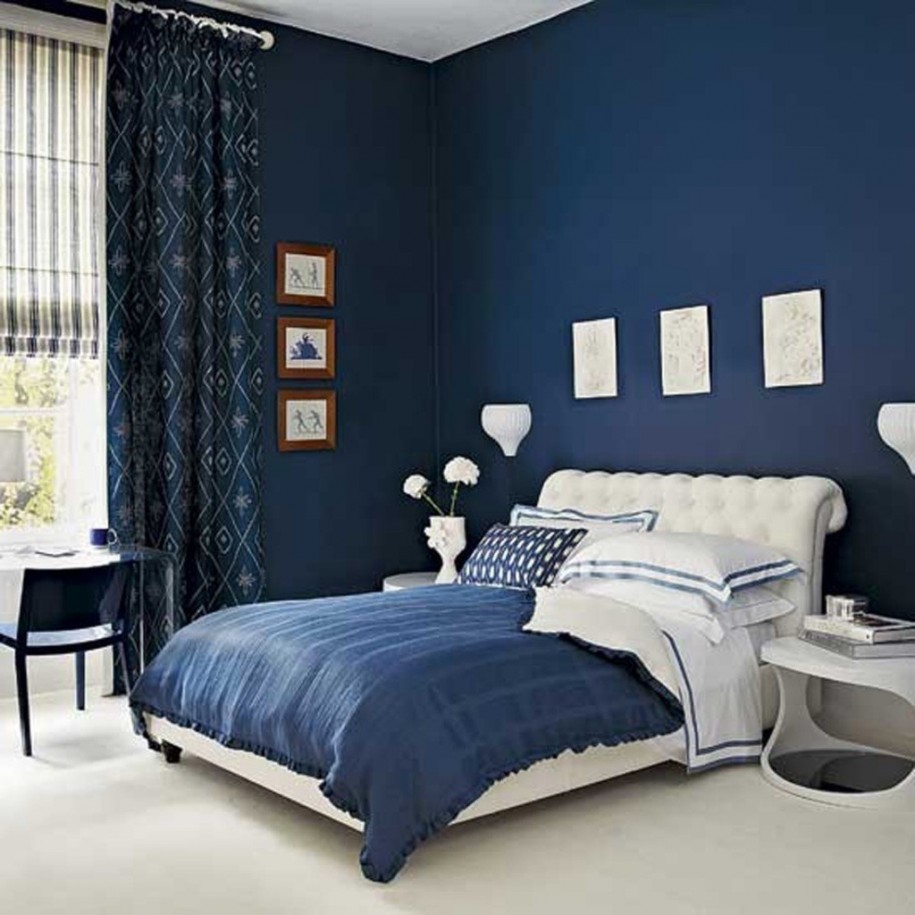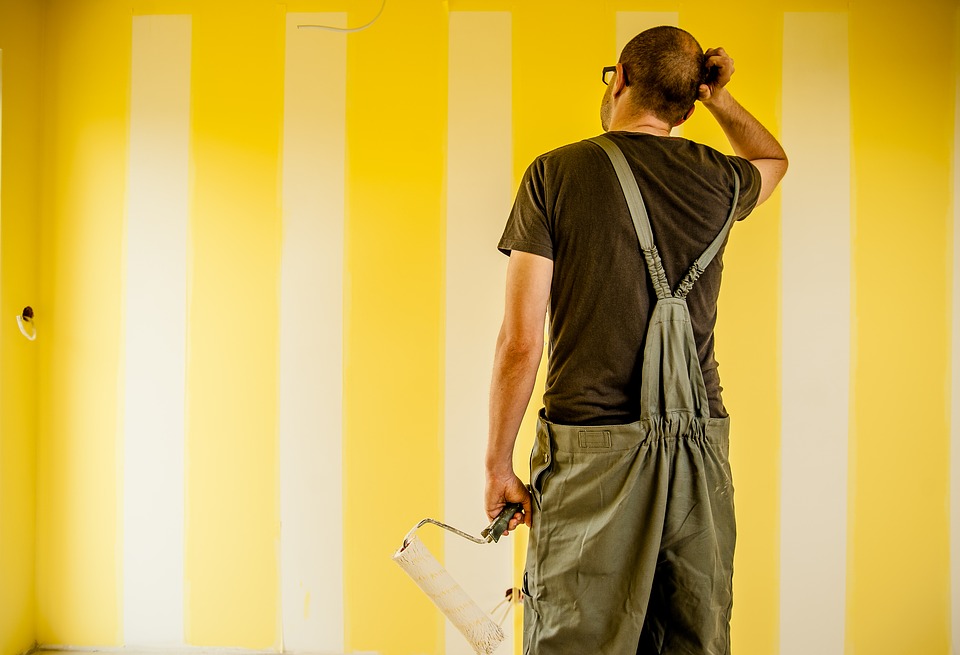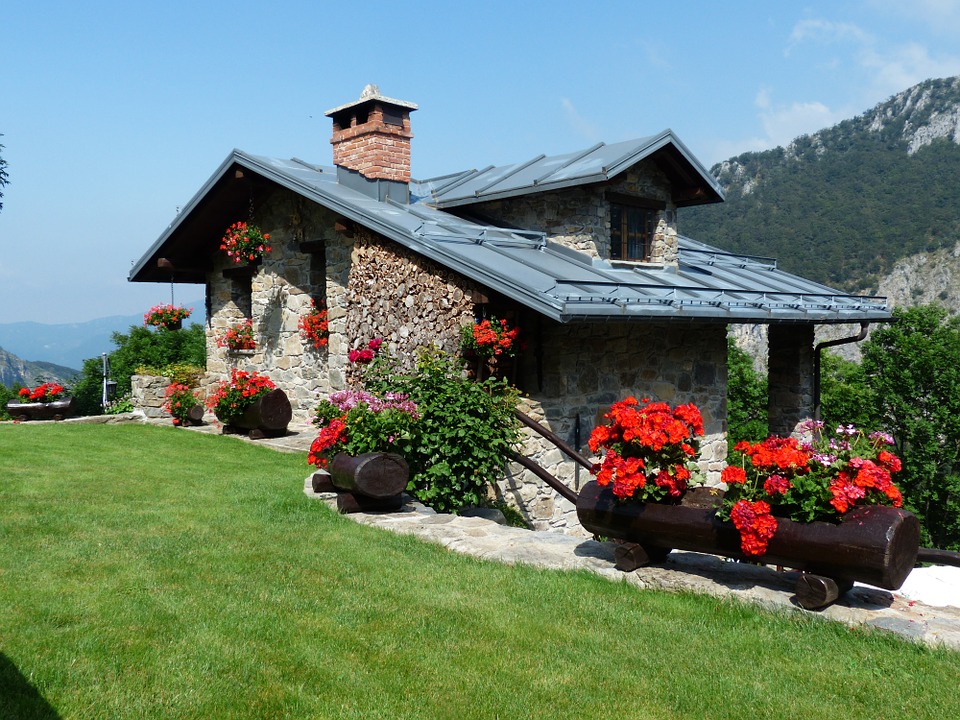Most of us know how often we should do basic chores and maintenance. You replace your smoke detector batteries once a year. You change air filters every month. You wash your sheets once a week. But when it comes to less frequent chores, things get a little trickier. How often, for example, should you paint the exterior of your home? It’s not a chore that happens every week, but when is it reasonable to add a touch-up coat of paint?
There isn’t one easy answer to this question, of course, but we can give you some helpful pointers and factors to take into consideration:
Material
Different materials require different maintenance schedules – some surfaces hold up better than others. Wood siding requires the most frequent touchups; usually, we’d recommend repainting or re-staining every three or four years to keep it looking sharp. Aluminum siding or stucco can go about five years before you should start thinking about repainting, while painted brick or new materials like cement fiberboard can last 15 years or more without any work being done.
Climate
Toronto isn’t the harshest climate in the world – coastal areas get ruined by the salty air, for example – but the harsh winters can damage paint more quickly than you might hope. There are signs that your home might need to be repainted before the material would normally require it. Damaged paint or exposed patches of wall are obvious signs; blistering, peeling or faded paint is another warning sign. Even chalky, powdery paint can be a sign that your paint job is beginning to fail.
Quality
The higher quality paint you use, the longer your paint job will last. Ultraviolet rays from the sun degrade the chemical compounds in paint. Dark paints can lighten quickly because of this. This happens more quickly with oil-based paints and with low-quality paints. Quality acrylic latex paints can withstand this weathering process, resisting cracks and blistering. Sheen matters, too – glossy and semi-glossy paints are typically more durable, but they expose flaws in the materials. A satin finish trades a little bit of durability for much better aesthetics – and avoids the chalky look that can often come from pure flat paints.






